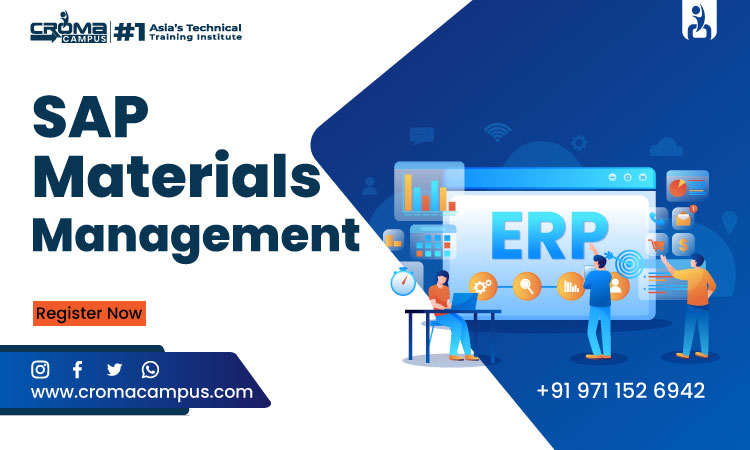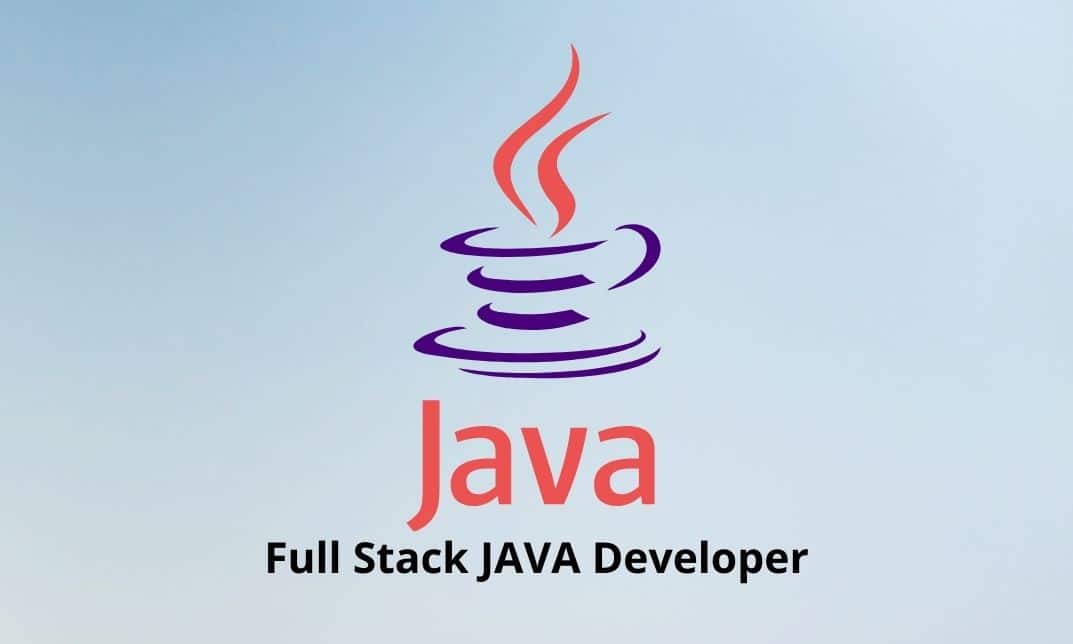There are main two concepts that have evolved in the SAP Material Management that are playing an important role in managing processes. If we talk about them they are Source list and Quota Arrangement. Well, they help organizations effectively determine and allocate purchase orders to suitable vendors based on different criteria. These criteria include price, quality, and delivery time. So if you are also one of those who is already doing or wants to do an SAP Material Management Course, you should also be aware of these trends. As they are widely used in organizations to improve efficiency.
What are Source Lists?
If we understand Source Lists is a document that maintains a list of potential vendors for specific materials or services. Well, it serves as a reference while creating purchase orders. You can create a source list in many ways using different criteria such as vendor selection rules or purchase information records.
What are the Key Elements of a Source List?
- The first one is the material for which the source is created.
- After that second one is a list of potential vendors who can supply materials or services.
- The third one is the validity period during which the source list is valid.
- If we talk about the fourth, is a purchasing group that is responsible for materials or services.
- Well, the fifth one is the source list type, which could be standard, approval, or information.
What are the Benefits of Using Source Lists?
-
It streamlines the procurement process by providing a centralized repository of potential vendors.
-
Also, it ensures continuous vendor selection as well as purchase order creation.
-
And if talk about compliance, it helps organizations with procurement policies and regulations.
-
Well, it can contribute to cost reduction by recognizing and selecting competitive vendors.
What is Quota Arrangement?
Well, a quota arrangement is a method that is used to allocate purchase orders among multiple vendors in a specified quantity. Well, it allows organizations to distribute the business among different suppliers. It can be done based on various factors such as capacity, performance, and strategic considerations.
What are the Key Components of Quota Arrangement?
-
The first component is quota type which is a quota arrangement, such as percentage, quantity, or value-based.
-
Well, the second component is the vendors who are involved in it.
-
If we talk about the third one, is quota values or allocation percentages assigned to each vendor.
-
The last one is the time frame during which the quota arrangement is effective.
Integration of Source Lists and Quota Arrangements:
If we talk about the Source lists and quota arrangements, they are closely integrated into SAP MM. When you create a purchase order, the system automatically opens the relevant source list based on the material and purchase group. If a quota arrangement is applicable, the system allocates the purchase order among the specified vendors according to the defined quotas.
You should invest your time in learning the SAP MM course for all this learning. Contact top course-offering institutes and learn about the SAP MM Course Fees. And as per your budget, you can choose the best among them.
What are the Best Practices for Source Lists and Quota Arrangements?
-
You should periodically review source lists and quota arrangements to ensure that they remain accurate and relevant.
-
Also, take into consideration the supplier performance metrics when creating and updating source lists and quota arrangements.
-
If possible, align source lists and quota arrangements with the overall procurement strategies and business objectives.
-
Well, you can also use advanced features such as vendor selection rules and quota arrangement types to optimize procurement processes.
Conclusion:
Source lists and quota arrangements are indispensable for efficient procurement in SAP MM. Organizations can streamline their purchasing, build stronger vendor relationships, and reduce costs by mastering these tools. By understanding their concepts, configuring them properly, and utilizing them effectively, businesses can optimize their procurement processes. Adhering to best practices and leveraging advanced features further enhances the value of these tools, driving operational excellence. So it is worthwhile to invest in the SAP material management course. It can be a rewarding career for you. So don’t wait long and enroll in the course.




